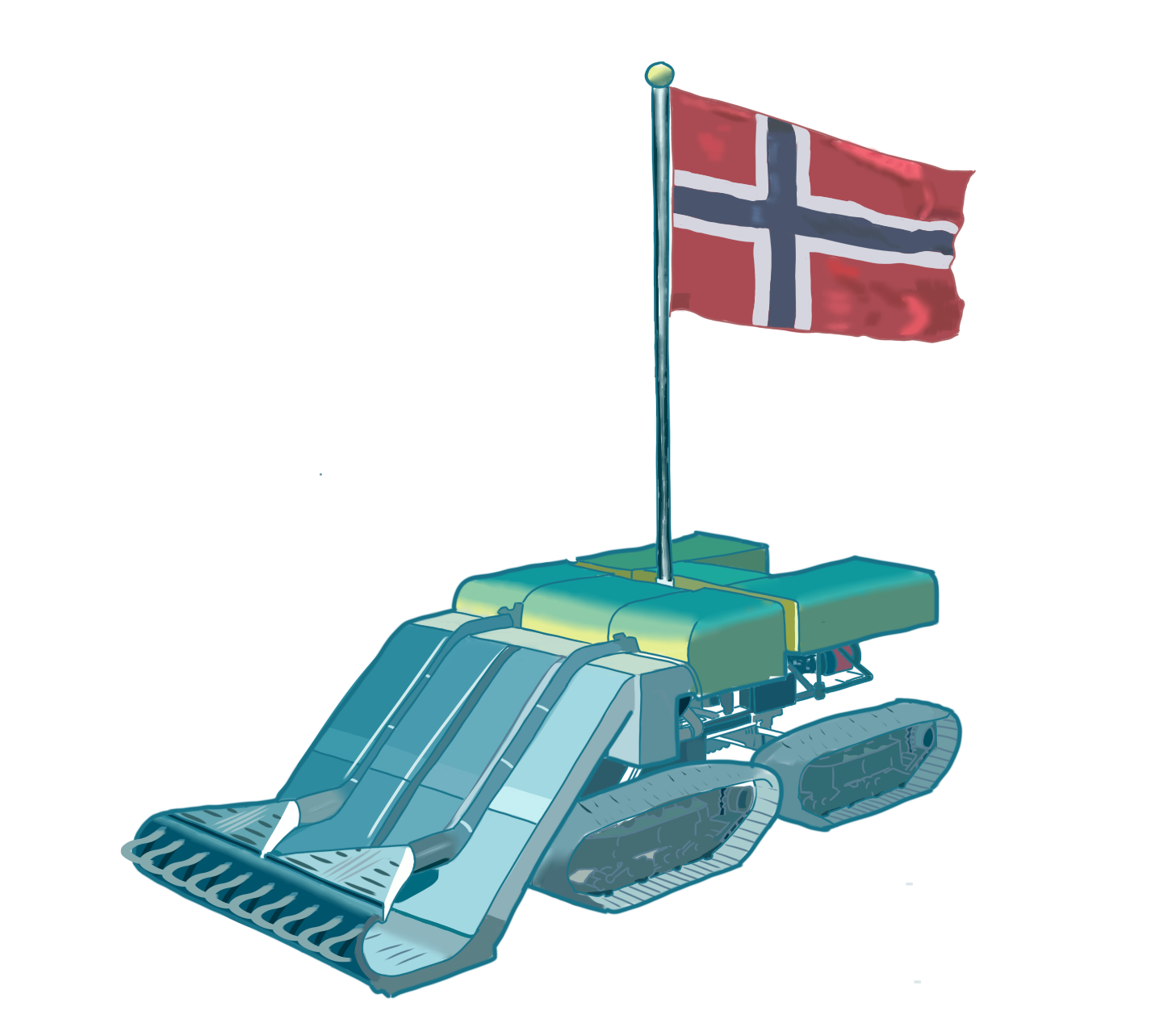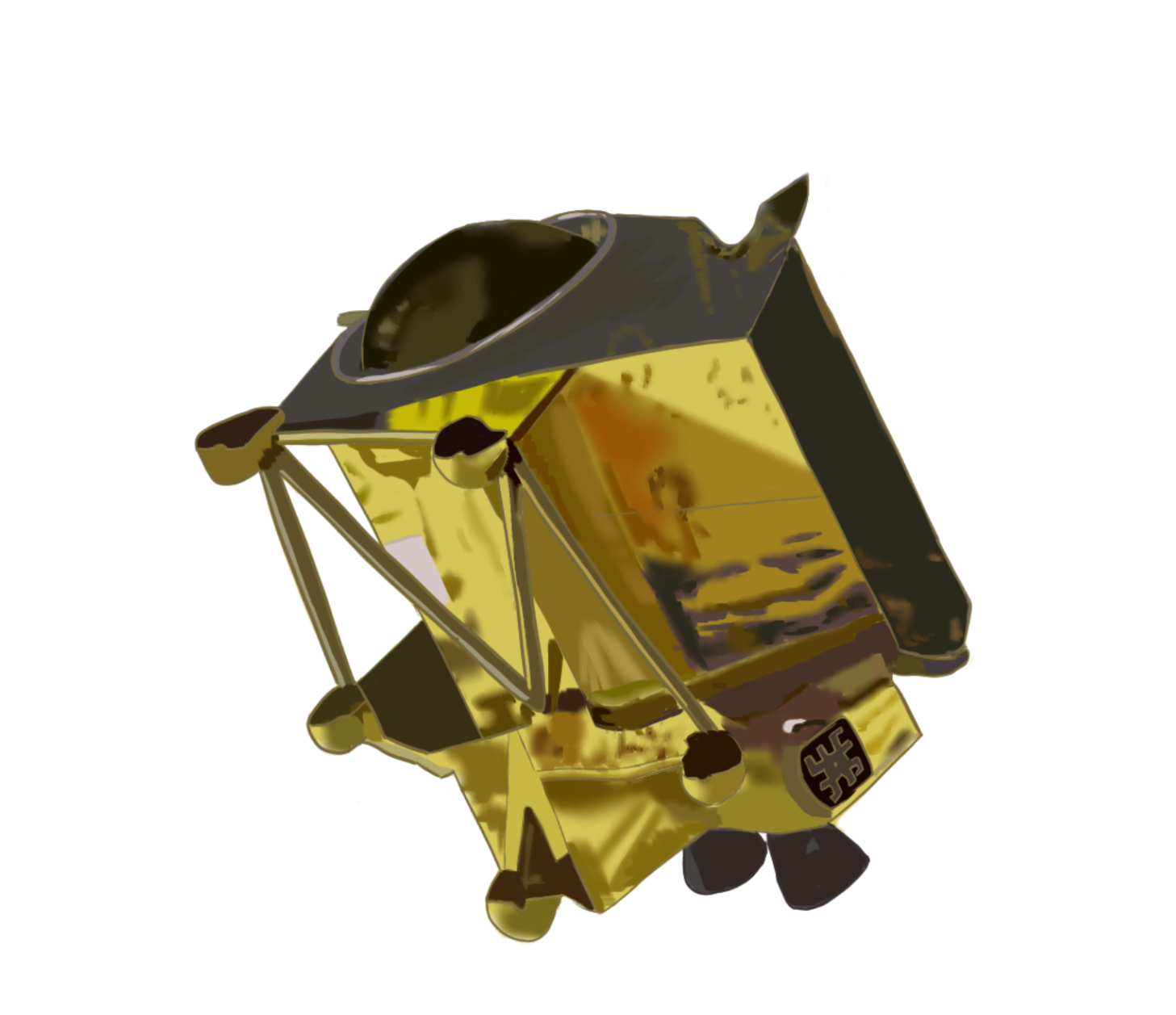

Norway’s parliament voted in favor of permitting companies to engage in exploratory mining along the Norwegian Sea’s continental shelf. Proponents of this plan argue that it would make it far easier to procure metals like manganese and cobalt, as they are needed for manufacturing the electronics that are increasingly ubiquitous in our devices. However, Norway’s environmental agency and many of its top scientists cite the potential for major ecological harm as a reason to hold off on sea-bed mining until more research has been conducted. They argue that this legislation violates national law, as the government received insufficient information regarding the unintended consequences of these mining activities. Although the government claims that these resources are still decades away from being used in commercial activities, environmentalists believe that it is likely to happen far sooner, jeopardizing marine life and biodiversity.

NASA delayed the Artemis II lunar mission to Sept. 2025, stating that pushing out the launch date will allow them to take steps to further improve astronaut safety. This launch is especially significant as it’s the first manned mission to venture beyond low Earth orbit since Apollo 17 in 1972. Lessons from the first Artemis mission in 2022 influenced this decision, as it experienced issues ranging from high engine temperatures to a damaged heat shield. This indicates that there is a need to augment existing safety protocols. In particular, the Orion Heat Shield will play a critical role in protecting the four astronauts onboard from the incredible temperatures experienced by the spacecraft during atmospheric re-entry. Beyond Artemis II, NASA plans to launch the 3rd Artemis mission in Sept. 2026, which will land astronauts near the moon’s south pole.

Scientists at the National Oceanic and Atmospheric Administration recently mapped the largest deep-sea coral reef in the world. Published in the journal Geomatics on Jan. 12, their discoveries discuss the 310-mile reef, extending from Florida to South Carolina and submerged at a maximum depth of 3,280 feet underwater. The team used three-dimensional sonar-mapping technology to explore the ocean floor, confirming the existence of the coral reef that other scientists had predicted as early as the 1960s. The new map will provide scientists with a deeper understanding of the coral’s health, morphology and distribution. In comparison to tropical coral reefs like the Great Barrier Reef, deep-sea coral reefs, also known as cold-water coral reefs, cover more underwater area and are found at deeper ocean levels unreachable by sunlight. As a result, deep-sea corals cannot rely on photosynthesis for nourishment and instead filter their food from water currents.

Japan’s Smart Lander for Investigating Moon (SLIM) landed on the moon on Jan. 20. Initially, solar power issues prevented the Japan Aerospace Exploration Agency (JAXA) from confirming if their mission had landed in the target area, but by Jan. 25 the team managed to retrieve and interpret the data. Fortunately, SLIM landed only 55 meters from Shioli Crater, the target site. This makes the mission one of the most precise demonstrations of landing technology that the world has witnessed thus far –– with only one accident. The entire probe landed upside down due to an engine on the spacecraft losing power near the end. This unexpectedly rocky landing rendered SLIM’s rechargeable solar panels useless for the time being, as they were not facing the sun. However, a change in sunlight direction meant that they were able to recharge the probe. JAXA worked on SLIM for two decades before its initial launch in September and lunar orbit entrance on Dec. 25. The main purpose of the mission is to study the solar system using a small and lightweight exploration system, which includes the development of pinpoint accuracy in landing techniques.

